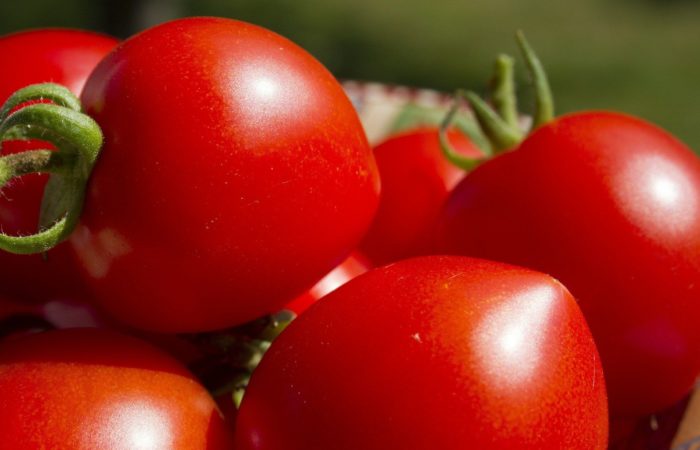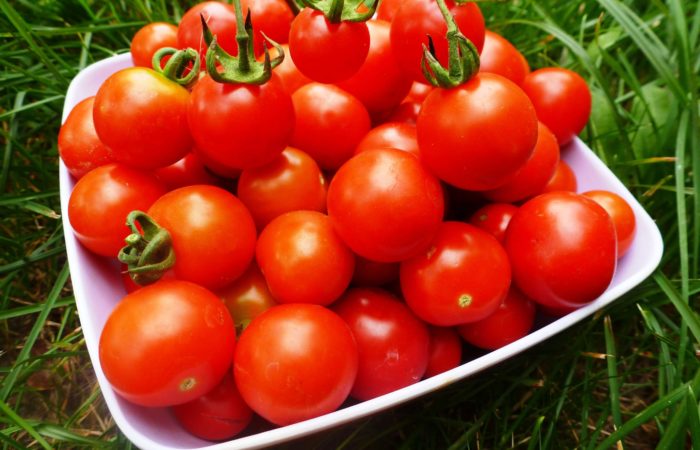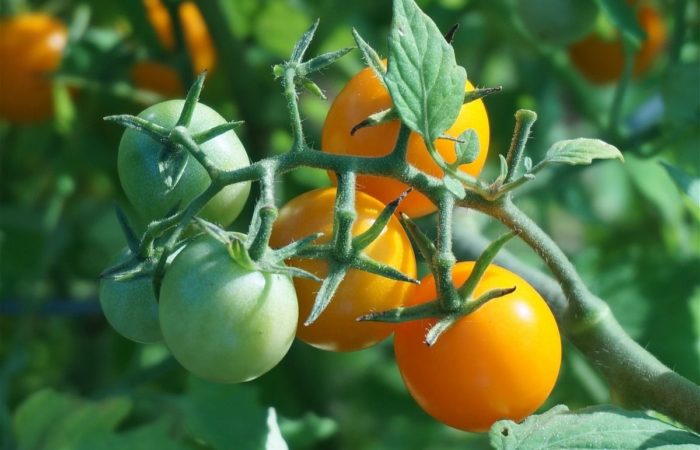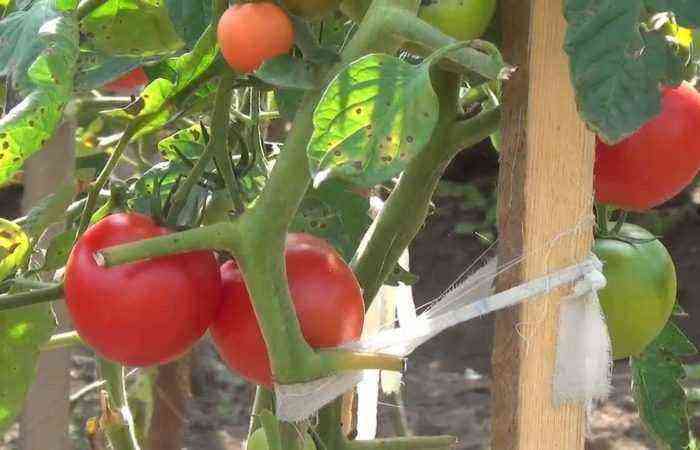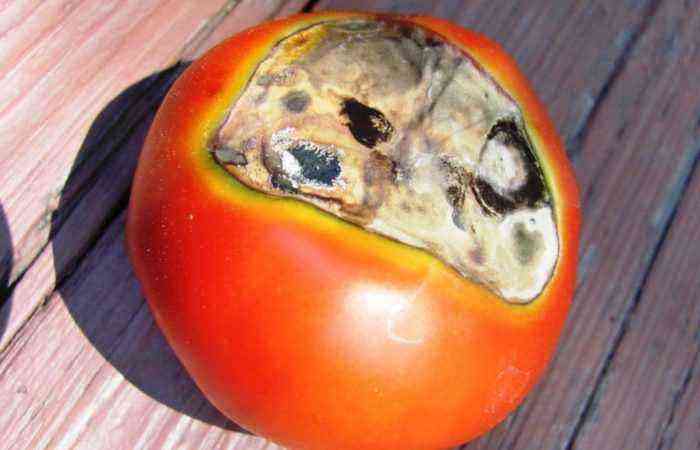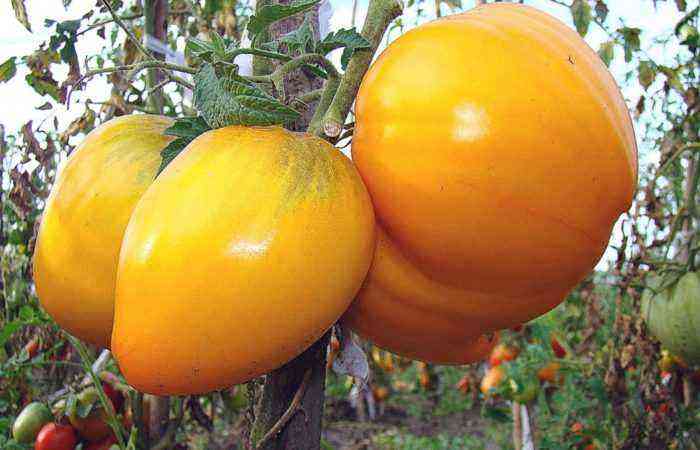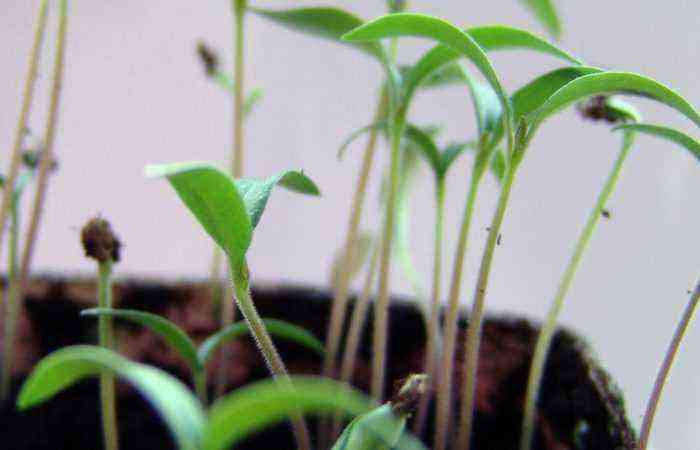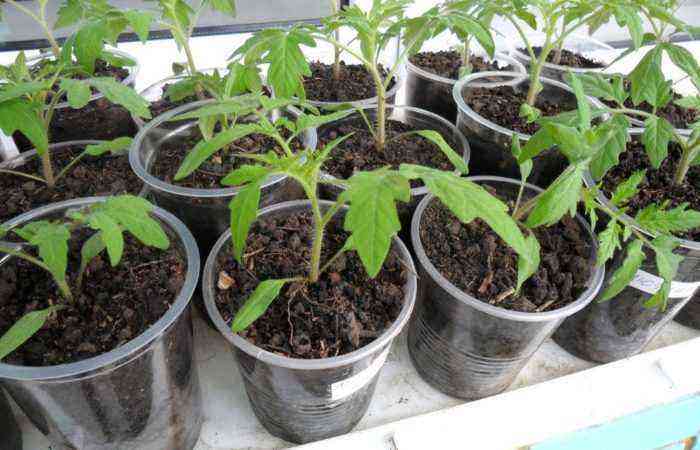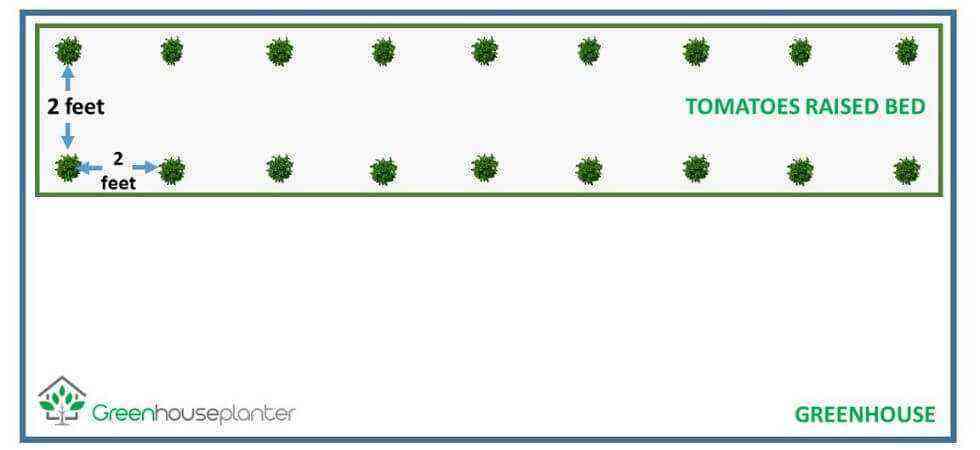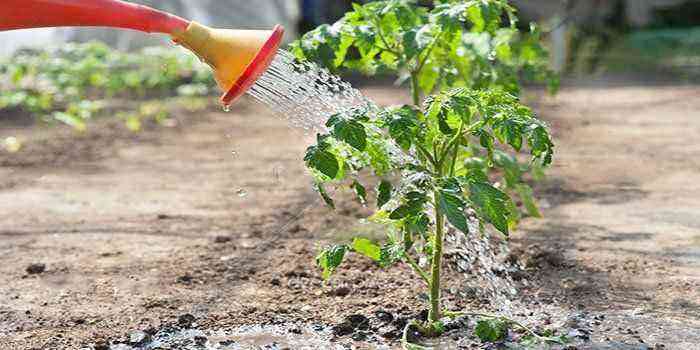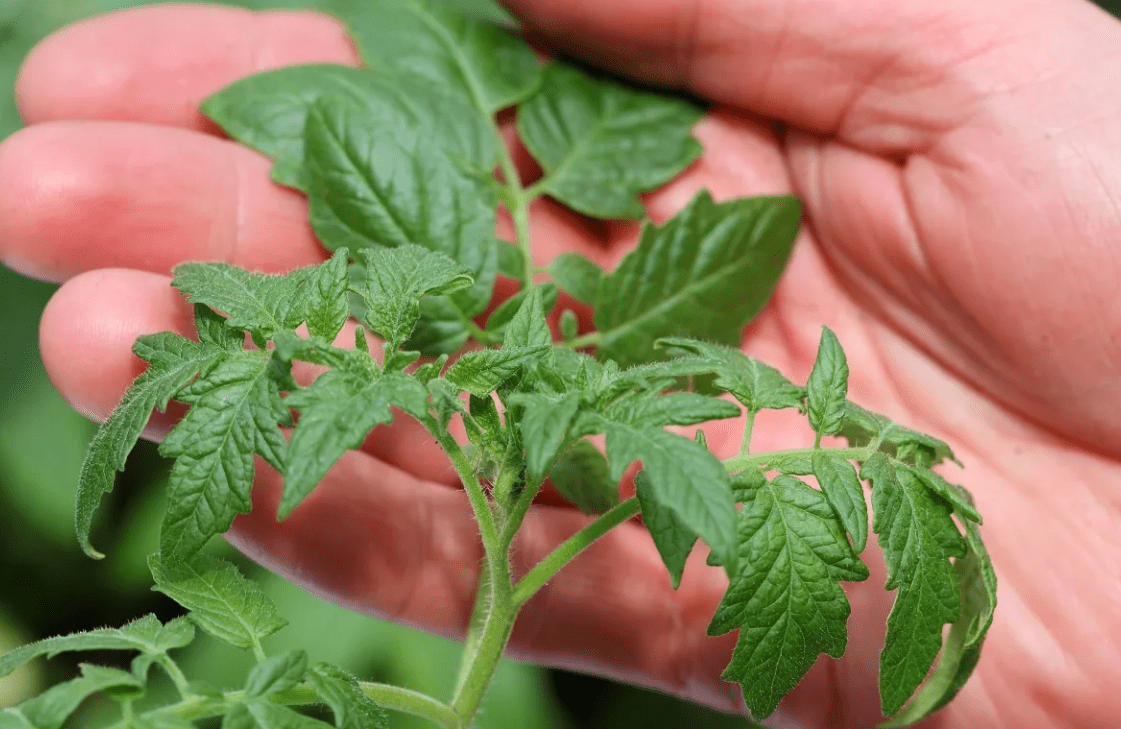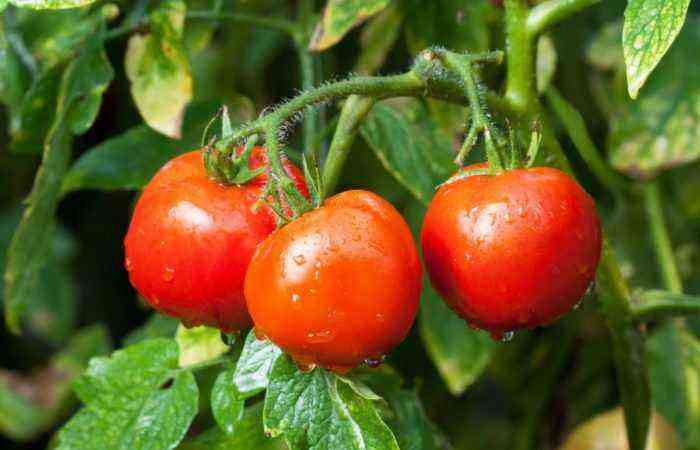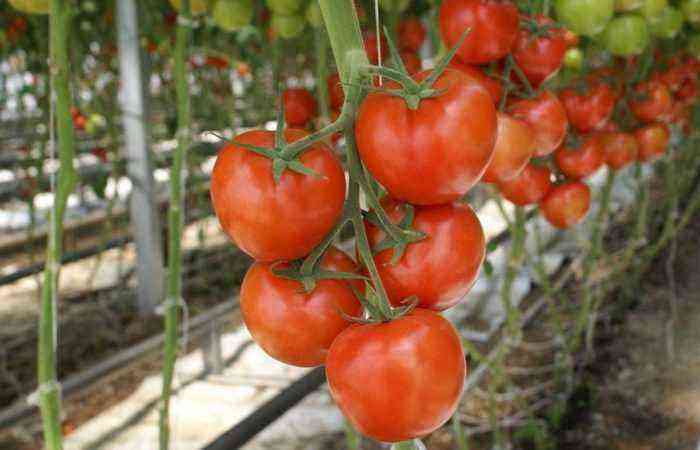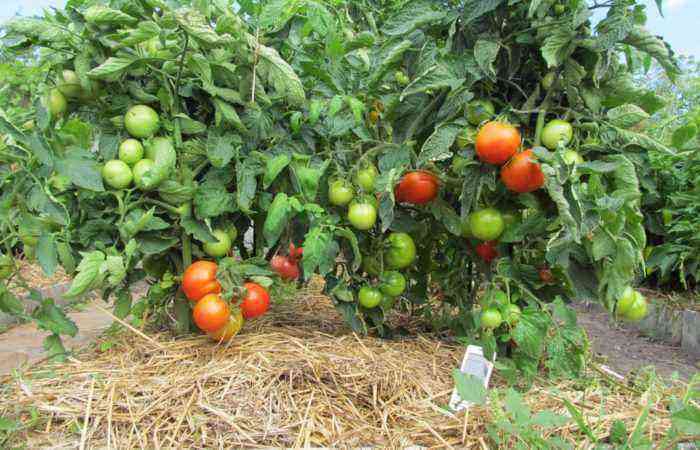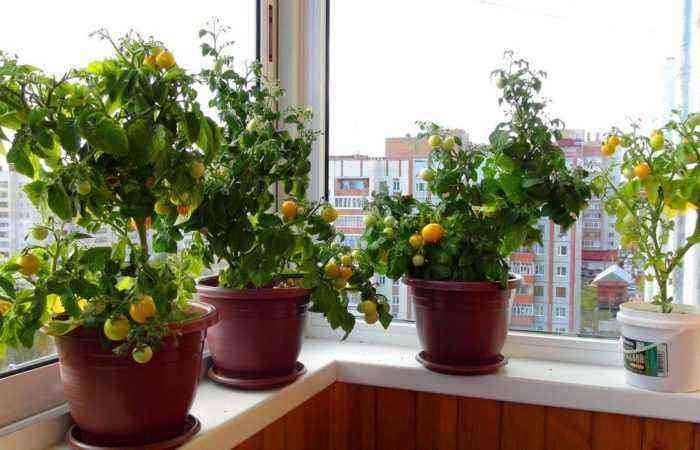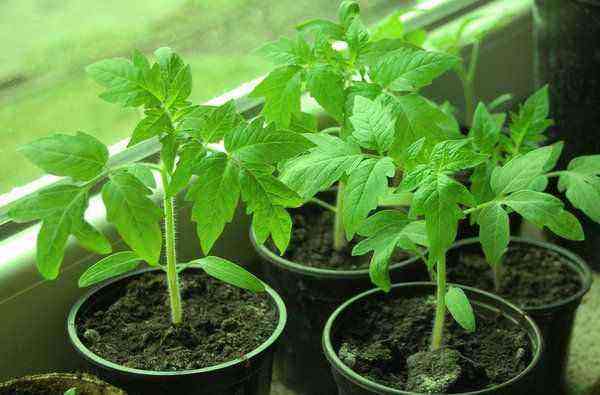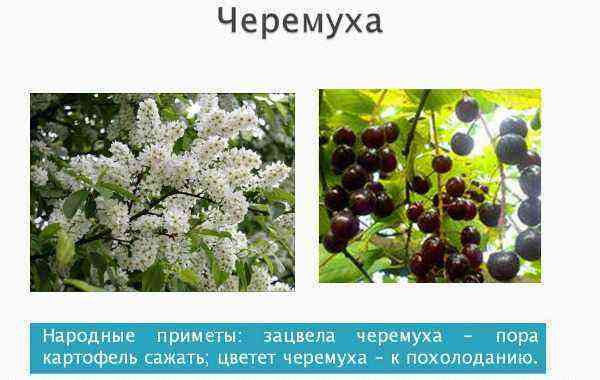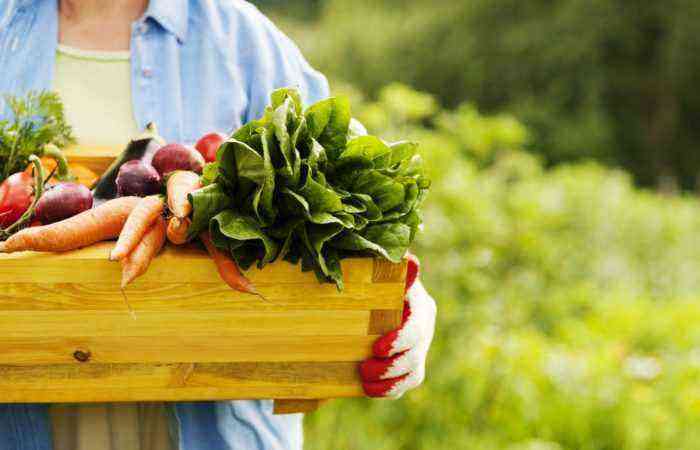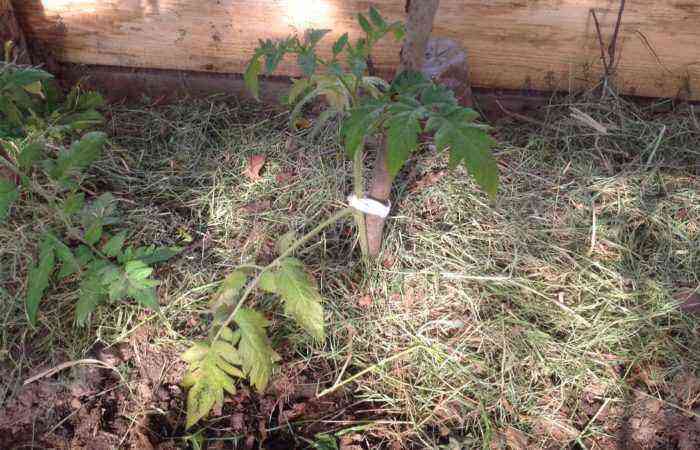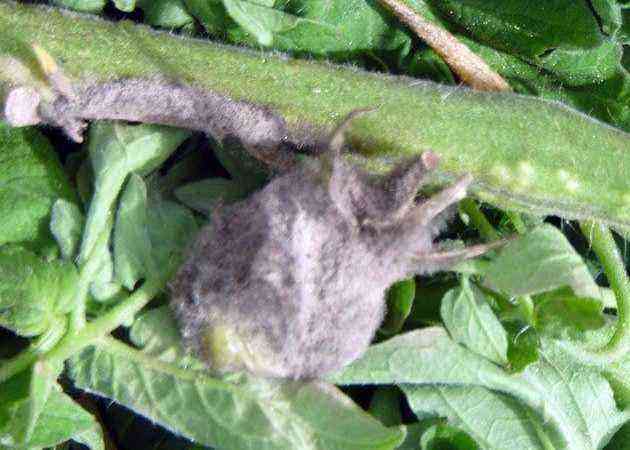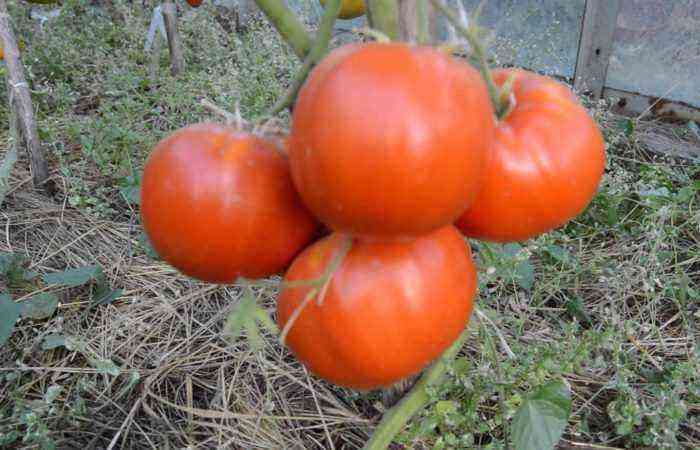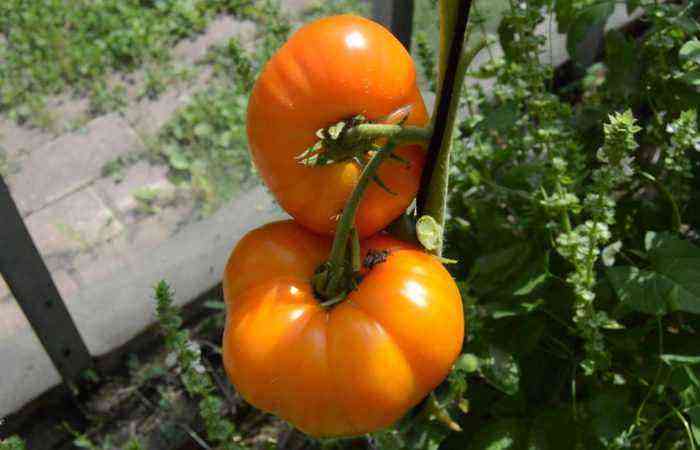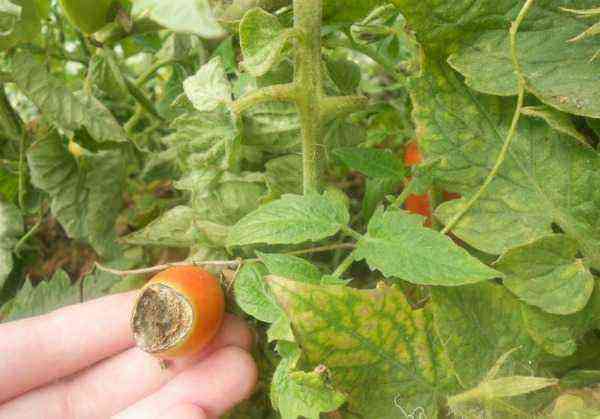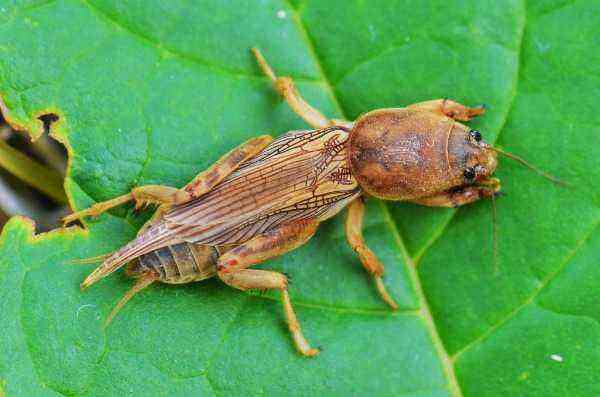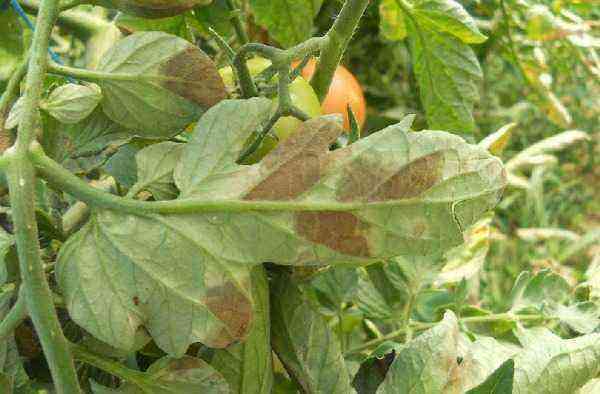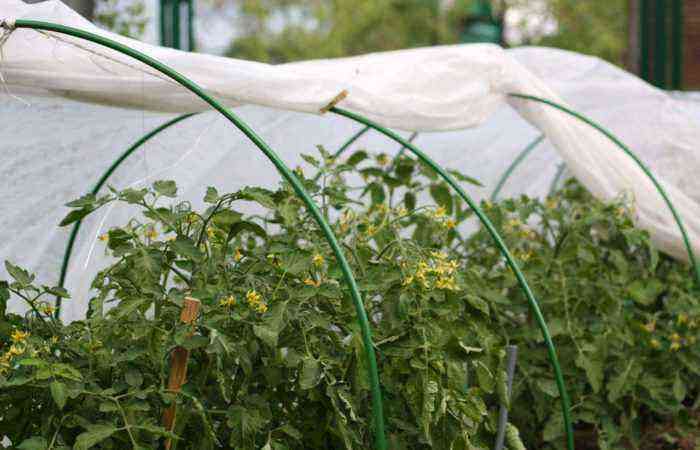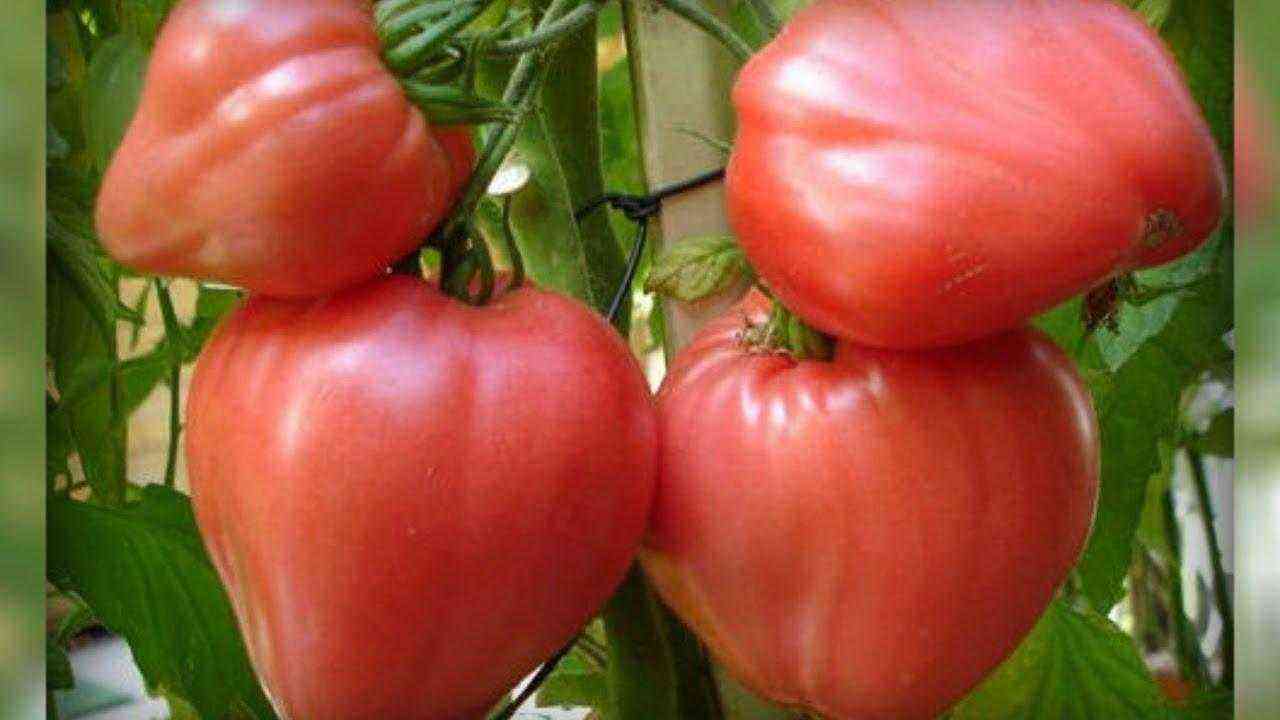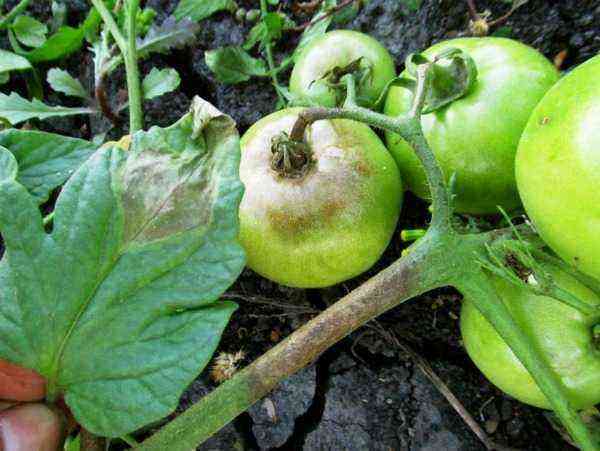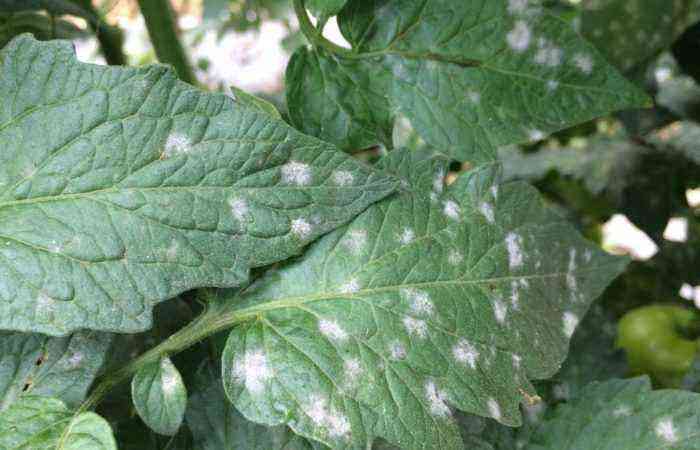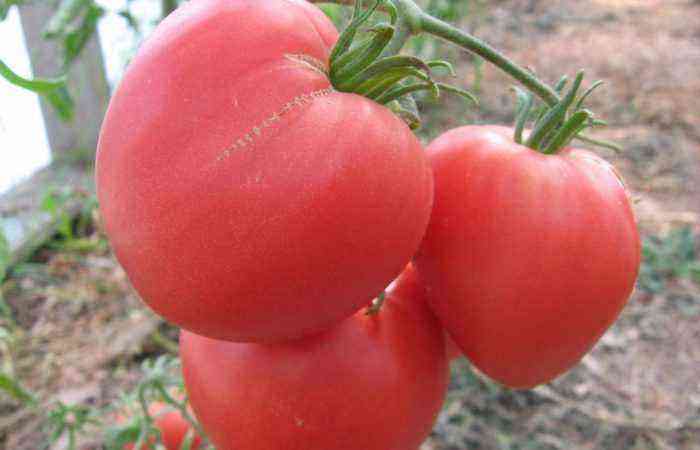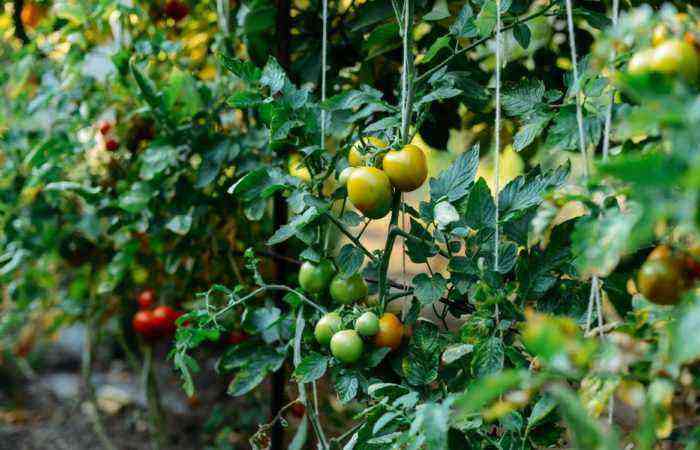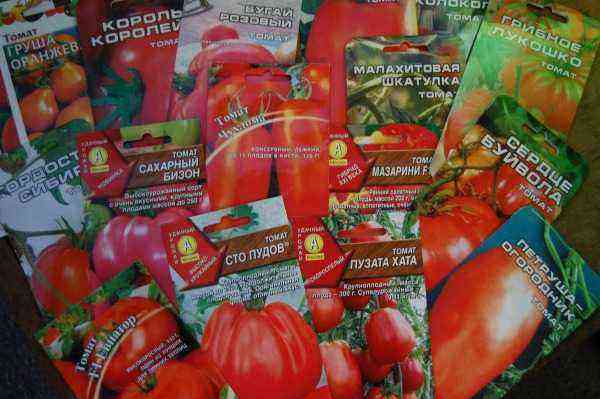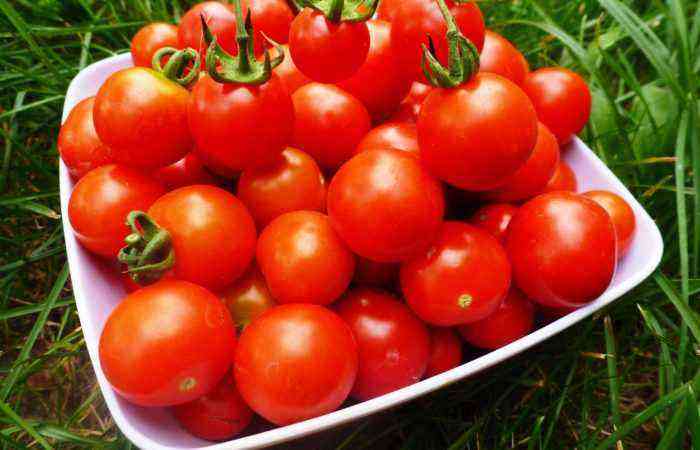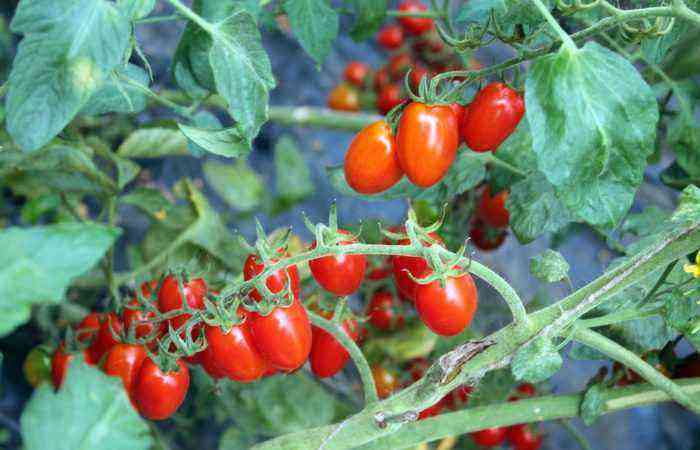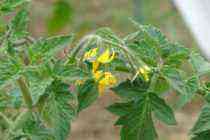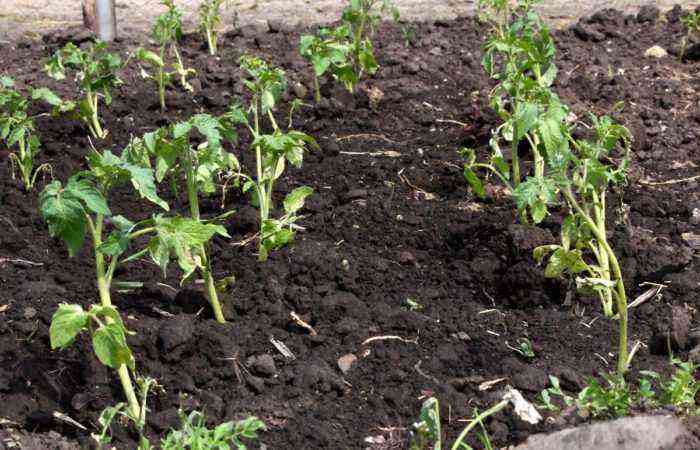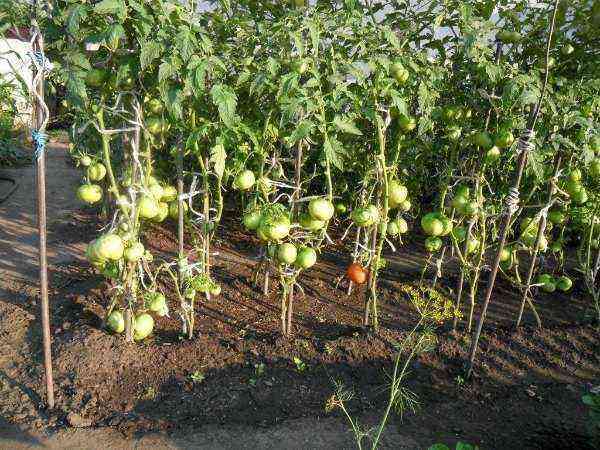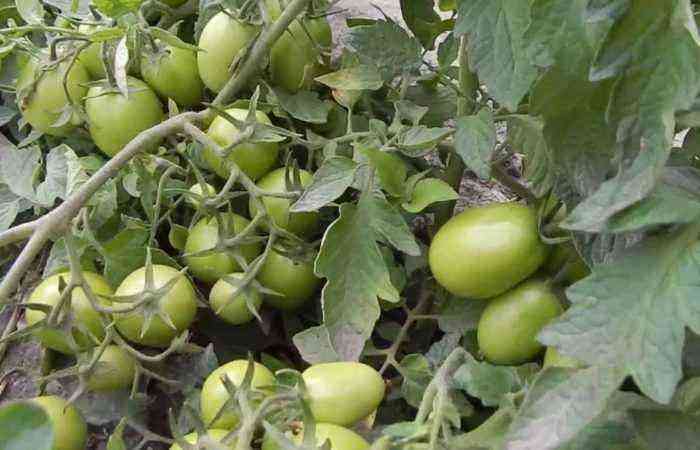For more than 100 years, disputes have not subsided about which group of crops a tomato belongs to: a berry or a vegetable. According to the method of agricultural use, it is a vegetable crop that is grown for non-dessert fruits that are eaten. Botanists think otherwise. The fruit of a tomato is a two-celled or multi-celled berry.
History of appearance in Russia
On the territory of Peru, the Indians ate tomatoes as early as the XNUMXth century BC. In various tribes, this culture was called tomati or tomatl, which translates as a large berry. Hence the name tomato.
The Spanish conquistadors brought this fruit to Europe in the XNUMXth century. In Italy, culture was called “help d,oro, which translates as “golden apple”. This is where the word “tomato” comes from. In Spain and Portugal, the tomato is called “pomp del Peru”, which means “apple from Peru”. “Apple of love” (“pom d,cupid”) – the most romantic name for tomatoes was received in France for their red color and shape resembling a heart.
Carl Linnaeus called this plant “Lycopersicon” – “wolfberry”, because he considered these fruits inedible. The taste of the fruit was much worse than that of modern varieties. They were small and contained a lot of solanine. For a long time they were grown as ornamental plants, considering their berries and flowers to be beautiful.
The tomato was brought to Russia by the Russian ambassador from France in 1780. It received the status of an edible vegetable in the middle of the XNUMXth century, thanks to one of the founders of agronomy A. T. Bolotov, and began to be called “edible paradise”.
Gradually, tomatoes have become one of the main vegetable crops in many countries of the world. They are grown not only in hot countries, but also in greenhouses beyond the Arctic Circle. The best breeders are working on the creation of new varieties.
The Economic Aspect of the Tomato Controversy
In English, there is no difference between the words “fruit” and “fruit”. The importance of determining the belonging of tomatoes to any group arose with the need to receive a customs duty on these products when crossing the border.
The first controversy over tomatoes arose in America. In 1893, the US Supreme Court ruled that fruits should be considered vegetables for the way they are used and that they should be subject to customs duties as vegetables. No customs duties were taken from fruits.
In Europe, in 2001, the same question arose again, but this time the tomato was recognized as a fruit, and again for commercial reasons. The tax on fruits is higher than on vegetables.
Classification of fruits from a scientific point of view
The fruit is the final stage of flower development. It is formed under the influence of double fertilization. This is a generative organ that serves to form, develop and distribute seeds.
In different countries and at different times, tomato fruits were classified as vegetables, fruits or berries.
The main differences between these fruits.
- The berry is a multi-seeded fruit, the pulp is juicy, covered with a thin leathery epicarp (outer coating).
- A fruit is a juicy edible fruit of a shrub or tree. This is not a scientific, but a household name. Usually refers to large fruits.
- Vegetable is a culinary and agricultural term, rather vague. According to the definition of TSCA Professor V. I. Edelstein, these are “herbaceous plants cultivated for their succulent parts, eaten by humans.” This group includes plants that eat roots, leaves, stems or fruits.
What is a tomato from different points of view
“Which group does the tomato belong to?” – this question has been pondered over in different countries for more than a century. The main definitions of this culture are:
The common tomato is a vegetable crop that grows on all continents. It is widely cultivated on the territory of Russia (in the Far North in greenhouses and greenhouses). Productivity in protected ground 5-15 kg 1 m2, in open beds 150-250 centners per 1 hectare.
- From a biological point of view, a tomato (lat. Solanum lycopersicum).
It is a herbaceous plant (annual or perennial), belonging to the nightshade family (Solanaceae). Stem length from 30 cm to 5 m. Tap root system, dissected leaves. Inflorescences – flower or fruit brushes (simple, intermediate type or complex). Flowers bisexual, self-pollinating.
The fruit is a juicy two-celled or multi-celled berry with a smooth or ribbed surface of various shapes.
- From the point of view of the layman.
This vegetable, since it grows in the garden, is used for cooking first, second courses and salads. The fruit is not sweet, so it is not a dessert.
Is a tomato a fruit, berry or vegetable?
In Russia, a tomato, from the point of view of biologists, is a multi-cell syncarp berry, since it has a thin skin, juicy pulp and many small seeds.
In the agrotechnical classification, according to the method of cultivation, it belongs to vegetable crops, cultivated and used as an annual plant, and harvesting occurs after a short processing (plowing, loosening) during one season.
In Europe, the tomato is considered a fruit, because this group of plants includes succulent fruit plants, including berries and drupes.
5 interesting facts about tomatoes
- The most common berry color is red, but now breeders have bred fruits in white, yellow, orange, pink, green, brown, purple, speckled and striped colors.
- In the XNUMXth century in Denmark, the fruits of tomatoes were considered extremely dangerous. There was an opinion that they drive crazy those who eat them.
- The fruit of a wild tomato is light, no more than 1 gram, while fruits of cultivated varieties can weigh more than 1,2 kilograms.
- The fruit contains lycopene, which is an antioxidant. This substance prevents the development of cancer and the occurrence of cardiovascular diseases.
- In Germany, Holland and France, tomatoes were planted in flowerbeds in palace parks, with a warning sign nearby that the plant was poisonous.
Conclusion
Tomatoes are one of the most widespread crops in the world. Its fruits are distinguished by excellent taste and useful properties. They contain mineral salts, carbohydrates, organic acids, carotene and vitamins.
After analyzing the complex, confusing history of tomatoes, we can conclude that, despite the fact that the tomato is widely used as a vegetable, from a scientific point of view, given the structure of the fruit, it belongs to berry crops.

